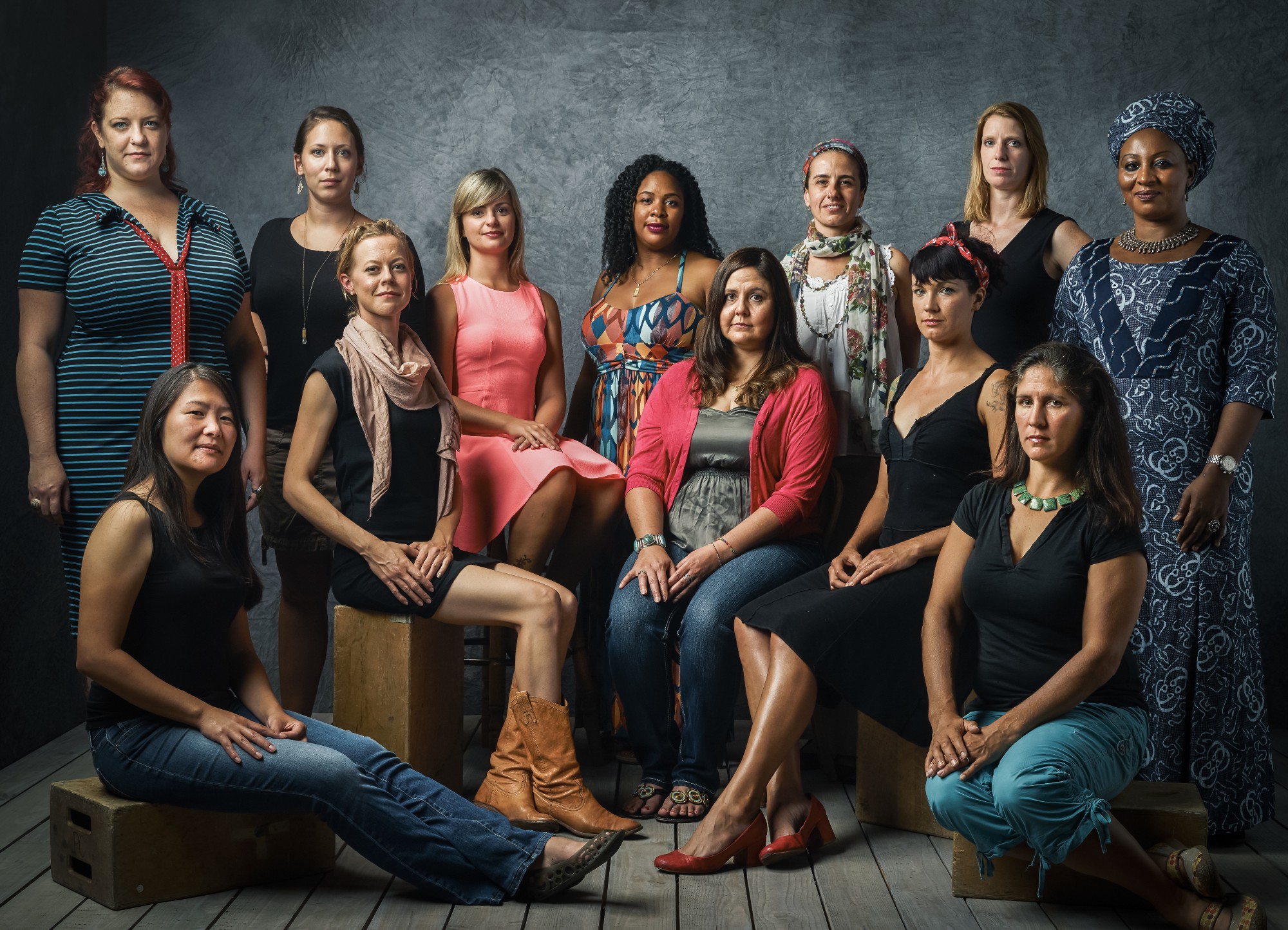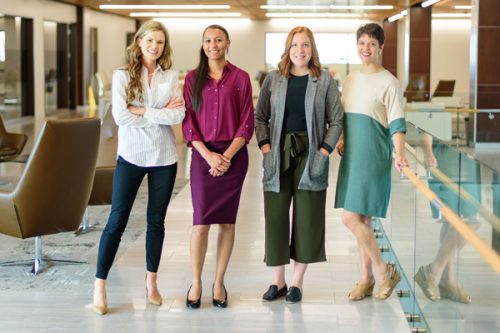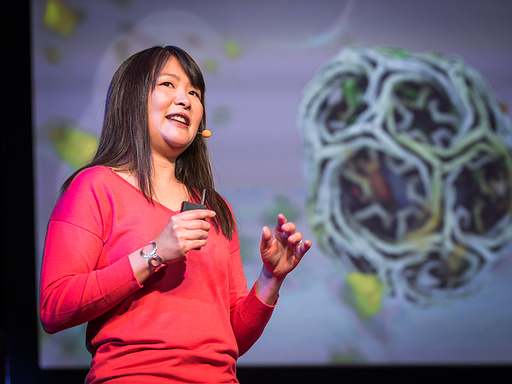Astrophysicist, biologist, computer scientist, genetic virologist, glaciologist, molecular animator—what do you imagine when you hear these words?
“What do you see when you picture a scientist?” asks TED writer Karen Eng in the provocatively titled article, “12 badass scientists…who also happen to be women.”
The reality is most people associate “scientist” with “men,” and that implicit bias—no matter how contradictory to our declared beliefs—can affect how we steer young people toward certain careers. It can influence hiring and promotion decisions. And, as Eng suggests, it manifests in a persistent gender gap in the so-called “hard” sciences. Women comprise a minority of the world’s researchers and receive half the funding awarded male scientists. “In fact,” writes Eng, “one recent survey found 67 percent of Europeans and 93 percent of Chinese respondents don’t even believe women have the skills to do science — and Nobel Prize-winning biochemist Tim Hunt thinks women cause ‘trouble’ in the lab.”
However discouraging the data and demeaning these opinions may be, Eng posits that perhaps we can begin to turn things around with a simple photograph—specifically, a stunning portrait of 12 TED Fellows taken by photographer Bret Hartman at a retreat in Pacific Grove, Calif. in August 2015. “Get to know these extraordinary women and their groundbreaking work,” Eng urges as a lead-in to a list of short, but equally breathtaking, bios.
TED’s strategy of using images to combat bias by tricking, or retraining our brains into linking “scientist” with something other than a white man in a lab coat, isn’t as crazy as it sounds. Biases, it turns out, are unavoidable. We’re hard-wired to categorize and stereotype. It’s how we learn. And if we don’t encounter exceptions to our biases, we have no reason to question them. They become circular, self-fulfilling prophecies, the lens through which we view the world.
It’s against that swirling tide that women aspiring to work in science—including the health sciences—must swim. “We’d all like to believe that we’re blind to gender, race and ethnicity,” writes Vivian Lee, M.D., Ph.D., M.B.A., senior vice president of University of Utah Health Sciences, in another recent blog post showcasing a collage of powerful women—the “Titanesses” of Utah health care. “Look at these photos and then ask yourself: Are these the images that first come to mind when you hear the words ‘CEO,’ ‘surgeon,’ or ‘scientist?’”
Nationally, women account for only 18 percent of hospital CEOs, Lee notes. “In Utah, the ratio is lower; one of 10 hospital CEOs is a woman.” Yet the women pictured above helm some of Utah’s most prominent health organizations: large hospital and hospital systems, the state’s largest health insurers and multimillion dollar eHealth companies. And that’s just the tip of a proverbial iceberg of female faculty, scientists and innovators who every day confound stereotypes by “punching holes” in health care’s glass ceiling.
Among them: No. 2 on TED’s list of Fellows, University of Utah molecular animator Janet Iwasa, Ph.D., who had this to say about her “TED Fellow” colleagues: “[This] group of women… work on some pretty awe-inspiring science — from understanding the birth of the universe, to finding evidence of cancer in ancient human populations, to preserving animal species that may disappear without our help.”
Iwasa’s scientific work speaks to the power of images. Working with top researchers across the country to create animation models of viruses, such as the one for AIDS, Iwasa believes that allowing scientists to visualize and share their hypotheses around molecular movement will speed discovery. Her work—and the “tiny, beautiful worlds” she creates— were profiled last year in talk at TED 2014 in Vancouver.
“My subjects are far too small to see, but through my work I hope to reveal a world within our cells that is chaotic and beautiful, and — hopefully — also awe-inspiring,” Iwasa told Eng. Perhaps, Iwasa’s own visage can inspire a generation of science-minded young women to follow her example. And with every new addition to the scientist ranks, we may one day look back upon today’s gender imbalance as an embarrassing oddity.
Kirsten Stewart is a senior writer for University of Utah Health Sciences


